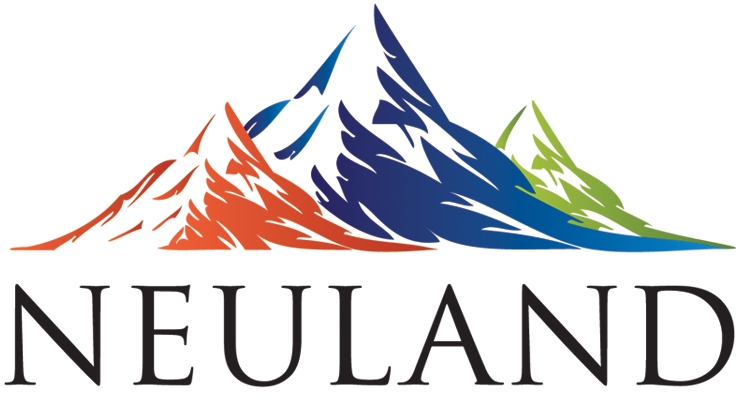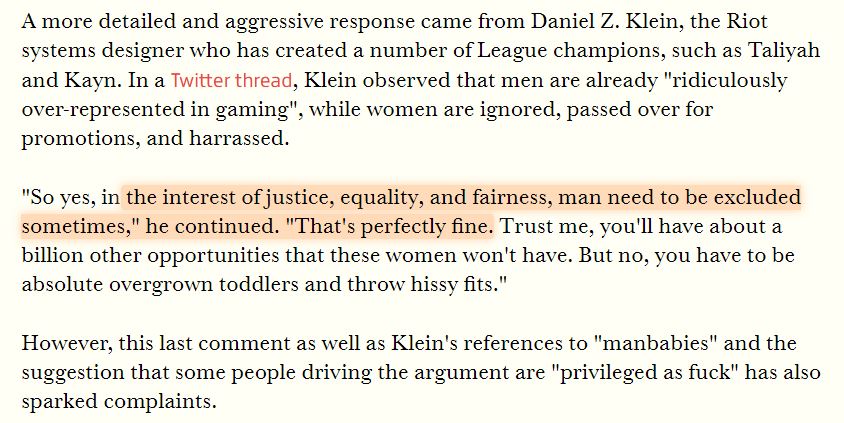I will use the free screener version so that everyone can follow along.
Outline
1. Stepwise Guide
2. Practical Example: CoffeeCan Companies
3. Practical Example: Smallcap Consistent compounders
4. Practical Example: Smallcap turnaround
5. Key Takeaway
1. Stepwise Guide
Step1
Go to
https://t.co/jtOL2Bpoys
Step2
Go to "SCREENS" tab
Step3
Go to "CREATE NEW SCREEN"
At this point you need to register. No charges. I did that with my brother's email id. This is what you see after that.
Imagine screener to be a a way to access a huge database of all companies listed (present & past) in India. Screener allows us to search through that database using some simple math operations like:
"Show me all largecap companies with sales growing at 20%"
Because computers do not understand english, you need to put this in 'mathematical' form.
Step 4
Start typing the metric which you care about. In this case "sales". As I do that, screener automatically suggests many metrics it knows about each company which contain the word "sales".
Step 5
Think of screener as a way to "narrow down" the set of companies in indian listed universe.
Since we care about sales growth let me select sales growth 5 years. Now, in order to narrow down, I will restrict to companies with "sales growth 5 years" more than "20%".
This is encoded as below:
Aaand you're done, congratulations, you have your 1st screen. Click on "RUN THIS QUERY" to see all companies with sales CAGR over last 5 years being at least 20%.
What we immediately see is screener says "463 results found". That's a lot. I cannot manually go through 463 companies in any reasonable amount of time (say 5 hours). We did narrow down from 3861 companies to 463 So yay!
Wait, how did i figure out total # of companies on screener? Think in terms of screeners.
I 'screened' for "sales growth > -1000"
That's a Neat trick.
Okay, back to our simple screener. We have 463 companies with 5 year sales cagr > 20%. But we cant go through all of them. Let us put some more restrictions. Let us look at large caps only. I define large cap as a company with market capitalization > 10000 (crore).
Since I want ALL of these different 'attributes' in my target company:
(i) its sales cagr should be at least 20%
(ii) its market cap should be at least 10000
that is why i use an 'AND' operator between those 2 statements.
It works exactly like english.
Okay, so we now have a list of 46 companies. This is much more manageable. I can definitely at least eyeball 46 companies in 5 hours. If i were a large-cap focussed investor this is what i might do.
If you click on "Mar Cap" Column you can sort all companies in terms of descending market cap.
Some interesting but expected names show up here: HDFC, Bajaj Finance, DMART, SBI Cards, Gland Pharma, Paytm, AU SFB, Star health insurance, Policy bazaar, Laurus Labs, Deepak Nitrite, IDFC First Bank.
Once I am satisfied with the query, I can click on "SAVE THIS QUERY" button:
You can then enter the "name" of this screener, & its description and i do hope you make it public so that everyone can benefit from it.
I did that. THis is the screener:
https://t.co/zLJSJNOSQT Done with our 1st screener. :)
If you think about it, screeners are living breathing creators. Because, they operate on living breathing dynamic creatures: companies.
As companies change, their 5 year sales CAGR rises & falls. And they go in & out of this screener.
If you want screener to actively TRACK these changes AND email you any new companies which start meeting this screener OR update us about companies which no longer meet this screener, you can just click on "GET UPDATES BY EMAIL" & screener will email you whenever a company goes…
…IN or OUT of your screener.
2. Practical Example: CoffeeCan Companies
Perhaps the most famous formulaic search for companies is Coffee Can investing.
Recent article from
@scripbox talks about what this is:
https://t.co/1UWl3ODgPy
In short: Companies with consistent sales growth, consistent profitability (return on capital).
Hmmm.... sales growth we know. Return on capital can be measured through Return on Equity which works for all sort of companies (financials, non financials).
Okay, so let us head over to screener & look to augment our screener.
First of all, we must lower our sales growth target from 20%. Coffee can originally prescribes 10% sales growth, let me get a bid greedy & loook for 12% sales growth.
Let me also look for companies which are at least 1B$ (7000cr) in marketcap. Let me look for ROE of 15%. Now the cool part is you type ROE & screener auto-suggests average return on equity 5 years and we end up with:
I end up with this list of 79 companies:
Am I done?
I am not. Because Coffee Can looks for "Consistent growth". How do we encode for consistency?
We want growth & profitability meet our minimum bar over all periods of time (definition of consistency). Screener has 3 year, 5 year, 7 year. Then let us modify our screener.
And when i run it, lo & behold we are only left with 35 companies! We were able to cut our 1st step universe by more than half by insisting on "consistency".
A lot of these are companies you must have heard of, divis, pi industries, aurobindo, hdfc bank, hcl tech, astral, Dr lal, syngene, alkyl amines, cdsl, dixon, apl apollo tubes.
Coffee can investor now has a decent universe of 35 companies to study & decide what meets their investment criterion.
Here is the screen:
https://t.co/r2u6pXvzh0 Feel free to explore.
3. Practical Example: Smallcap Consistent compounders
This is where it starts getting interesting. This is my investable universe.
What do I look for in a smallcap consistent compounder?
Well first of all its market cap should be at most 1B$ (7000cr). Because smallcaps.
Let us look for companies with at least 15% CAGR growth. However, since smallcaps are small by definition, let us relax our 'consistency' criterion & look for 15% growth only in last 1 year & last 3 year period (skipping 5 & 7 year period).
Think about what i did there.
Last 1 year has been tumultuous. Once in a century pandemic. Asking for 15% sales growth in such an environment not only in last 1 year, but last 3 year CAGR is a pretty strict condition. This is why my universe shrinks from 1600 to 204.
1600 smallcaps based on market cap filter to a mere 200 companies which also had the requisite sales growth.
You find a lot of companies in this list which IMO are worth studying:
Prince Pipes, HLE Glasscoat, Borosil Renewables, Granules, Vaibhav Global, Home first, Nazara, Glenmark life, Olectra, Rossari, MTAR, Caplin Point, Apollo Tricoat, Neogen, Borosil, HG infra, Supriya, Tips, Rajratan, Valiant, Everest Kanto, Hester Bio, PSP projects, Apollo…
Now you know, now you know why i am studying Gufic. I am merely following my own screener.
https://t.co/wzJw4Haa9A
Camlin Fine, RPSG Ventures, ADF Foods, NGL fine chem, PG electro, Ugro capital, Sirca Paints, 5Paisa capital, Jash Engineering,
Beta Drugs, Gujarat Thermis, Fredun Pharma, Ksolves India, Apollo Finvest, Modi Naturals. And even more.
Dont tell me you dont have ideas. There are literally hundreds of ideas just waiting to be studied. Specially given our special market crash situation.
Here is the screener:
https://t.co/RthyzJ4b0p Go study.
4. Practical Example: Smallcap turnaround
Perhaps the hardest thing to capture is turnarounds. But we can capture this too.
Since we are looking for turnarounds, i cannot expect consistency. So no 'hard' requirements on 5 year financials. Higher requirement on growth, turnaround hai bhai. Acceleration of growth (last year sales growth more than 3 year CAGR).
What else? Profit explosion. How do we measure it? ROE increase by AT LEAST 5 points (10=> 15 or 15 => 20 types)
Encoded as:
"(Return on equity - Average return on equity 5Years ) > 5"
And Voila, 28 companies worth studying:
Tips industries, Everest Kanto, Tips, NGL Fine chem, Ksolves, Palred,
See the screener for yourself:
https://t.co/SH94RaioU6
One last unplanned screener, just coz im curious.
How about Midcap consistent compounders which are decently valued?
1. Market cap restriction
2. Sales growth consistently
3. ROE consistently
4. Market cap/ Sales restriction
Screener:
https://t.co/DjVtALMp00
31 companies worth studying:
Laurus, PI, Deepak, Dixon, Varun beverages, AU small finance, apl apollo tubes, angel one, Route Movile, Balaji Amines, RHI Magnesita, Mastek, Lux, Privi specialty, Prince Pipes, Granules
SIS, Caplin point, Apollo tricoat, Rossari, Godawari power.
Link to screener:
https://t.co/DjVtALMp00
One last thing before we go. You might want to examine some metric which is not shown by default on the screener page. You can actually add remove or edit columns by clicking on "EDIT COLUMNS" button:
You can add any of the existing columns that you want to add:
Let us add market cap/sales so that we can sort by 'valuations':
Click on "SAVE COLUMNS"
Voila, we see our new column. Let us sort by M.Cap/Sales. Most expensive (by numeric valuation ALONE without business understanding) consistent compounder is PI industries.
Among the ones i have studied, SIS, APL Apollo Tubes, Apollo Tricoat, granules could be some of the least expensive (sorted by valuation ascending). Do deserve to be studied.
5. Key takeaway:
I bet one can make a 15-20% compounder portfolio from scratch by studying these 50-60 companies.
Put your head down, get going. :)
Please consider following if you would like to read similar threads in the future. 🙏🙏
On a related note, a thread of all my threads:
https://t.co/9zKsBzkw5s
Before someone points out, I had made a related thread earlier:
https://t.co/dDVrza2mY6 But i felt that one did not go into enough detail & did not share the screeners properly & so i am trying to do it again, this time more structured.
As always nothing in this thread is a buy or sell reco. Do your own due diligence. I am not a sebi registered analyst or investment advisor.
Do not borrow conviction. A 20-30% fall ought to have taught us that by now.
Study hard. Party karder. :D


























